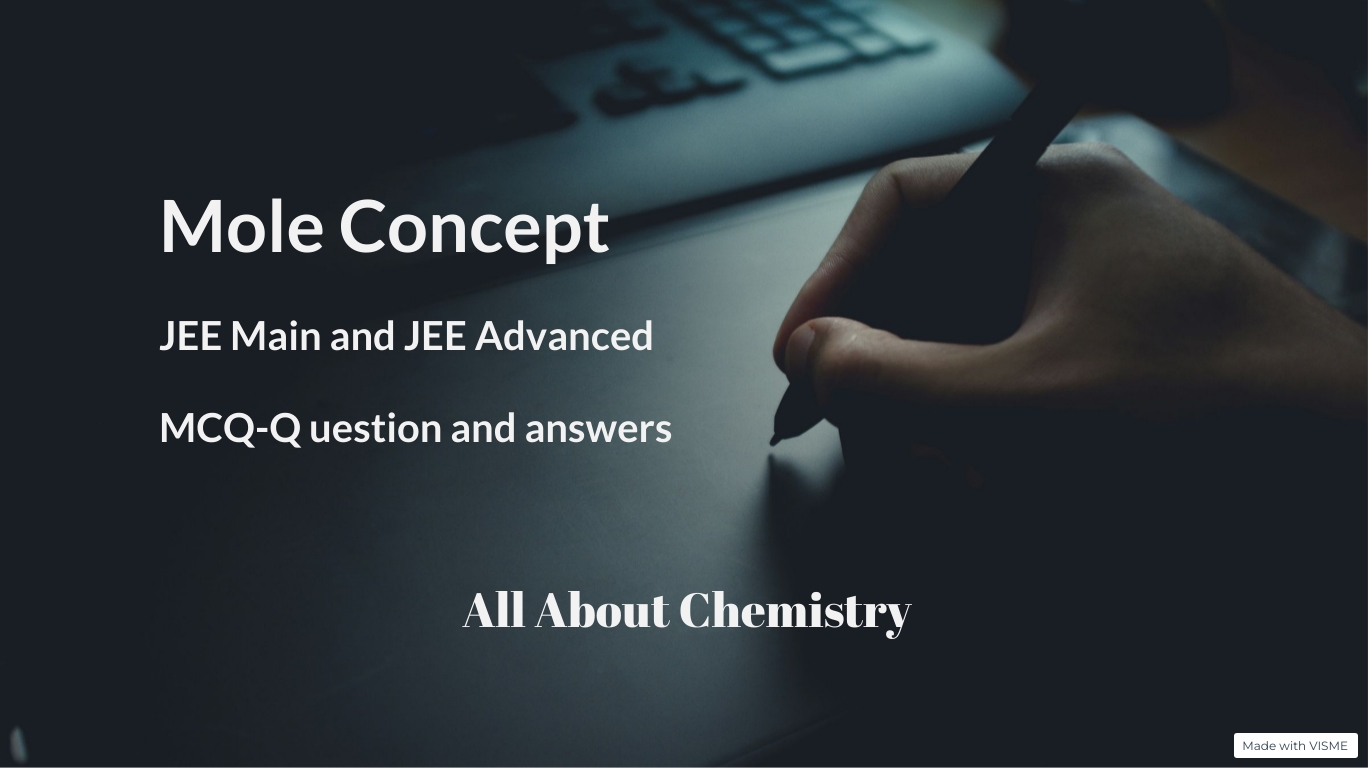The Hoechst-Wacker oxidation is a chemical reaction that converts an alkene to a ketone or aldehyde using palladium(II) chloride (PdCl2) and copper(II) chloride (CuCl2) as catalysts, along with molecular oxygen (O2) as the oxidizing agent. This reaction was developed by the German chemical company Hoechst AG and the German chemical company Wacker Chemie AG.
- Oxidative Addition: The palladium(II) chloride catalyst coordinates with the alkene to form a π-allyl palladium complex. This is the oxidative addition step, where the Pd(II) catalyst inserts itself into the π-bond of the alkene.
- Migration of Palladium: In this step, a hydride shift occurs, leading to the migration of the palladium atom from the carbon atom originally bonded to the alkene to the adjacent carbon.
- Reaction with Oxygen: Molecular oxygen (O2) coordinates with the palladium(II) complex to form a Pd(IV)-peroxy complex. This step is critical for the oxidation of the π-allyl palladium intermediate.
- Reductive Elimination: In the final step, the Pd(IV)-peroxy complex undergoes reductive elimination, leading to the formation of a ketone or aldehyde product and regenerating the Pd(II) catalyst. Simultaneously, the copper(II) chloride catalyst is regenerated.
Overall, the Hoechst-Wacker oxidation is a versatile method for the selective oxidation of alkenes to ketones or aldehydes under mild conditions, making it valuable in organic synthesis.
The Hoechst-Wacker oxidation is widely used in organic synthesis for the selective oxidation of alkenes to carbonyl compounds under mild conditions. It is particularly useful for the synthesis of ketones and aldehydes that are difficult to access by other methods. Additionally, this reaction tolerates a variety of functional groups and can be performed in aqueous or organic solvents.

The Hoechst-Wacker oxidation has found numerous applications in organic synthesis due to its selectivity, mild reaction conditions, and tolerance for various functional groups. Some of the key applications include:
- Synthesis of Ketones and Aldehydes: The Hoechst-Wacker oxidation is primarily used for the conversion of alkenes to ketones or aldehydes. This reaction provides a straightforward route to these carbonyl compounds from readily available starting materials.
- Functional Group Tolerance: One of the advantages of the Hoechst-Wacker oxidation is its tolerance for a wide range of functional groups, including halides, ethers, esters, and nitro groups. This allows for the synthesis of complex molecules without interference from other functional groups.
- Stereochemical Control: The reaction can be carried out with excellent stereochemical control, enabling the synthesis of chiral ketones and aldehydes from prochiral or racemic starting materials. This aspect makes it valuable in asymmetric synthesis.
- Aqueous Conditions: The Hoechst-Wacker oxidation can be performed in aqueous media, which is advantageous for environmentally friendly synthesis and facilitates the purification of products.
- Industrial Applications: The scalability and efficiency of the Hoechst-Wacker oxidation make it suitable for industrial applications. It has been used in the synthesis of pharmaceuticals, agrochemicals, and fine chemicals on a large scale.
- Total Synthesis: The Hoechst-Wacker oxidation is often employed in the total synthesis of natural products and complex molecules due to its versatility and compatibility with other synthetic methods.
- Late-Stage Functionalization: In some cases, the Hoechst-Wacker oxidation is used for late-stage functionalization of complex molecules, enabling the introduction of ketone or aldehyde functionalities at specific positions.
Overall, the Hoechst-Wacker oxidation is a valuable tool in organic synthesis, offering chemists a reliable method for the selective oxidation of alkenes to ketones or aldehydes with broad applicability across various fields of chemistry.










